Black Holes single-handedly might be the most fascinating and strange things in the universe, though they are light-years away from us, the very thought of them can send shivers down your spine. This is because Black Holes are massive objects with gravity so strong that nothing can escape, not even light.
Scientists believe that Black Holes are formed when the corpse of a massive star collapses in on itself, becoming so dense that it warps the fabric of space and time. There are mostly two types of Black Holes that are common, stellar-mass and supermassive black holes.
Scientists discover something new about Black Holes almost every other day, and still, most of it is unknown. We have made a list of some unknown facts about these light trapping supermassive holes, that will surprise and fascinate you.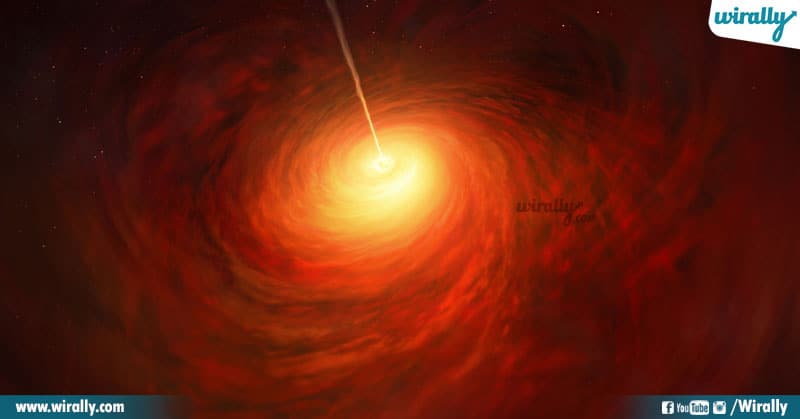
- Since light can’t escape a black hole, we cannot technically see black holes, what we can see, is the effects of a black hole.
- Our Milky Way Probably Has a Black Hole, which is light-years away from Earth
- The death of large stars leads to the formation of black holes. These black holes are called Stellar black holes
- Scientists believe that the closest black hole is about 20,000 light-years away from Earth
- Time moves slower near black holes, this is because gravity surrounding the black hole is much stronger than normal.
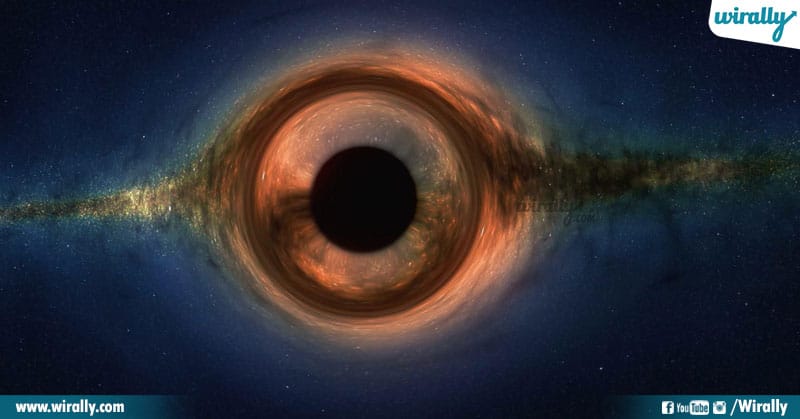
- Many scientists believe that black holes are infinitely big
- The event horizon is the border of the black hole, Its also known as the point of no return, which means that before that point you can still escape from the black hole.
- 30 thousand light-years away from us, there a supermassive black hole in the centre of the milky way. It is said to be 30 million times more massive than our sun.
- While not even light can escape black holes, scientists believe that radiation can.
- Black holes have the capacity to distort space itself.
- Scientist believe that black holes can be harnessed for things like power and space travel
- Black holes expand as they collide with other black holes, meaning their size increases with every collision.
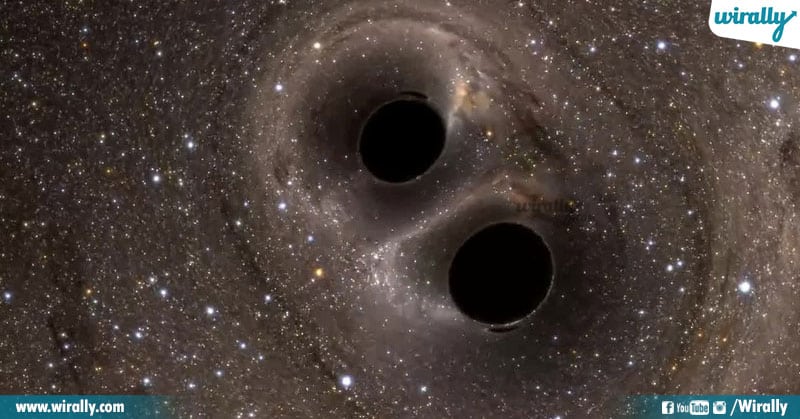
- Black Holes come in different variations; there are spinning black holes, electrical black holes, spinning electrical black holes. The type of black hole depends on the amount of energy it puts out while distorting space.
- Contrary to popular belief, Einstein didn’t discover the existence of black holes, though his theory of relativity does predict their formation. Long before his theory, in 1783, a scientist named John Michell developed a theory after he wondered whether gravitational force could be so strong, that even light particles couldn’t escape it.
- To have enough gravity to pull even light itself into it, a black hole must contain an incredible amount of mass in an extremely small space. This means that a single black hole must have a mass of 10-30 billion times the mass of the sun.
- The first black hole wasn’t discovered until X-ray astronomy was used.
- Scientists aren’t sure if wormholes do exist.
- You can safely observe a black hole, as long as you stay away from the event horizon
- Black holes are extremely popular in science fiction.
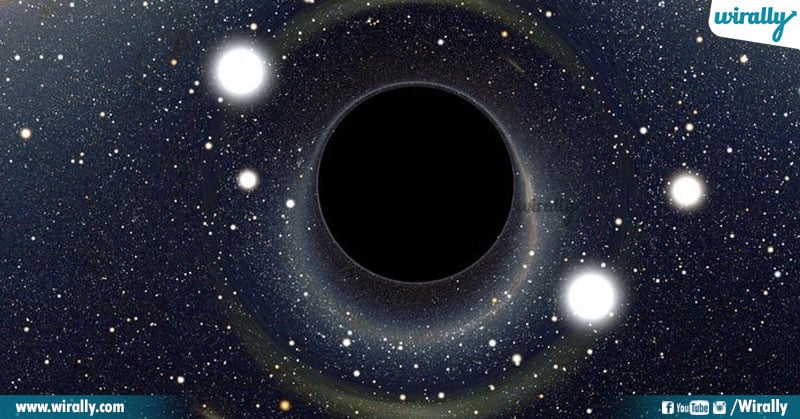
- Our Sun is not big enough to create a black hole when it collapses.
- Black holes emit radiation as they consume materials. The radiation can help scientists locate them.
- All matter in a black hole is compressed to a point called the “singularity.”
- It was John Archibald Wheeler coined the term “black hole” in the 1960s.
- American physicist Kip Thorne said that the centre of the black hole is “the point where all laws of physics break down”
- Many believe that our very own universe might have actually been birthed by a black hole and the billions of black holes in the universe might each spawn their versions of the universe.
- Back holes do not emit radiation on their own. They are detected by the radiation given off as material is heated in the accretion disk, and also by the black hole’s gravitational effect on other nearby objects.
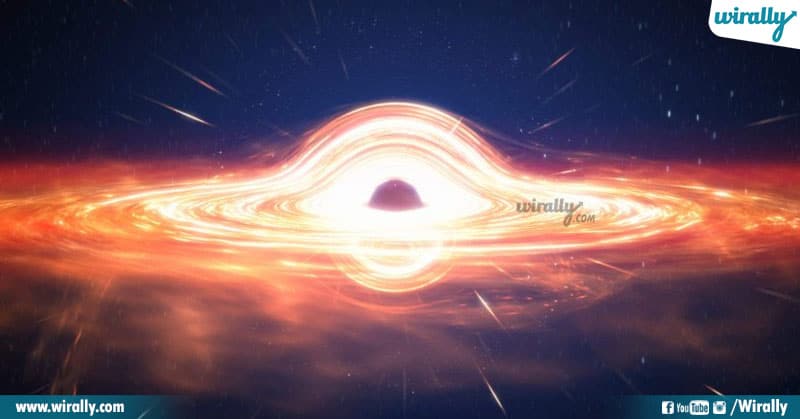
- There are 100 Million black holes just in the Milky Way.
- Most people believe that black holes are cosmic vacuums that suck in the space around them when, in fact, black holes are like any other object in space, they just happen to have a very strong gravitational field that pulls other objects in when they get too close.
- Black holes can generate energy more efficiently than the sun.
- You could theoretically turn anything into a black hole if you shrink it down enough.
- If you can get close enough to a black hole, you can travel to the future. This is because, time moves slower near a black hole, which means that, if you were to hang around a black hole, the time would move slowly for you, than the rest of us. Making time travel to the future possible.
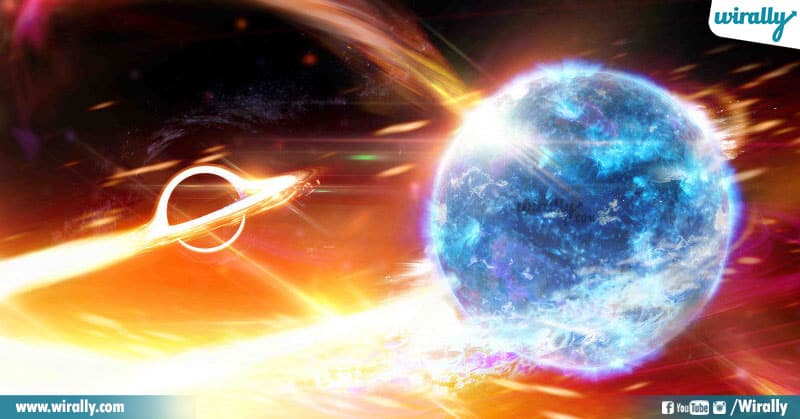
- Not all black holes are black. This is because light can still be emitted from the region outside the event horizon.
- Some black holes power the brightest known objects in the universe, known as quasars.
- Black holes warp space-time so much that at the event horizon, time essentially stops.
- Black holes come in different sizes
- According to the Hawking radiation, black holes eventually will evaporate away by releasing particles.
Also Read: Unknown Facts About Akbar


















